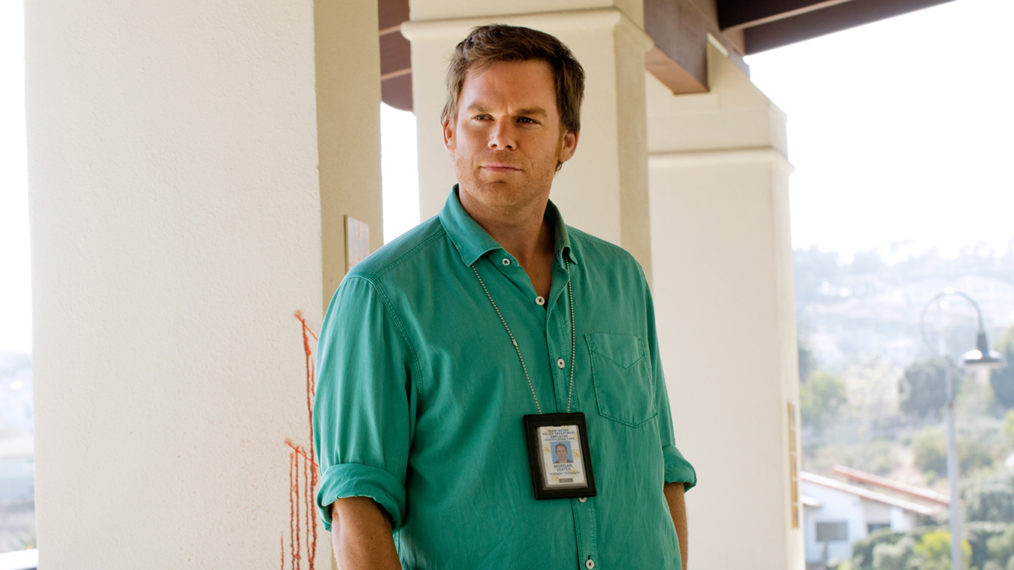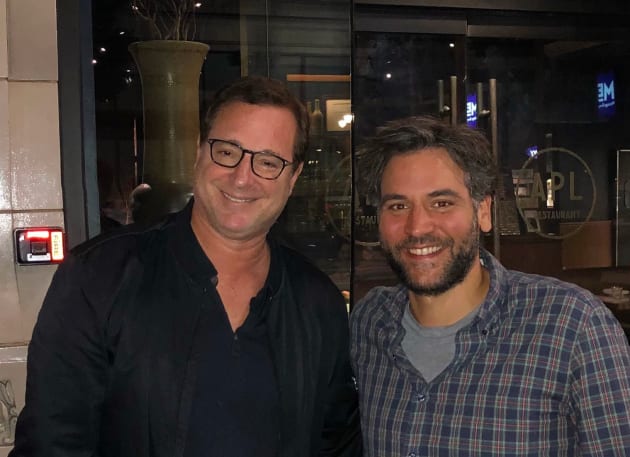#‘The Hunger Games’ Movies Ranked From Worst to Best

A ranking of all The Hunger Games movies? We volunteer! We volunteer this tribute!
With the recent news that Lionsgate is developing a new Hunger Games movie based on Suzanne Collins’ forthcoming fifth novel in the saga (titled The Hunger Games: Sunrise on the Reaping), we figured it was time to reexamine all the previous journeys to Panem — which kicked off with the 2012 original and continued through three sequels (it should have been two, but more on that shortly) and one recent prequel, The Ballad of Songbirds and Snakes.
The films launched the career of Oscar winner Jennifer Lawrence as vulnerable-yet-steely rebellion hero Katniss Everdeen, who brought down the sinister gilded Capitol led by President Snow (Donald Sutherland) while fending off the interest of two hometown suitors, Peeta (Josh Hutcherson) and Gale (Liam Hemsworth). There were also ongoing themes of wealth and social inequality, which gave the saga some literary depth amid its reality TV-like format, and they had a murderers row of strong supporting players. The Hunger Games franchise manages such a tricky balancing act of turning dystopia murder-games into guilty pleasure fun without losing a sense of humanity.
But looking back, which of the five films triumphs in the cinematic arena?
The Hunger Games: Mockingjay Part 1
The decision to split Collins’ third and easily weakest Hunger Games novel into two films was a decision only a studio could love. Mockingjay was already at a disadvantage as it’s a Hunger Games story without an actual Hunger Games, which means we’re now spending more than four hours hanging out with a rebellion alliance without the benefit of the grabby story structure provided by the Games. Fans debate whether Part 1 or Part 2 are worse, with many preferring Part 1 more as its the smarter and more contemplative of the two. But it’s also pretty dull, which is unforgivable for an action movie franchise. Nobody longs to spend time in District 13’s underground bunker, and the story is heavily focused on war propaganda (there is so much talk of “footage”), Katniss trying to craft the perfect influencer videos for District rebel Likes (watching Lawrence pretend like she doesn’t know how to act is treat at least), and fretting over brainwashed Peeta. The result is a film that felt more like stalling than ramping up, more like the first act of a film than even a first half. Here’s a sample from one of the film’s many meeting scenes.
The Hunger Games: Mockingjay Part 2
Katniss escapes bunker boredom and embarks on a grueling invasion into the streets of the Capitol to bring down President Snow at last. It’s a relief to see our hero finally taking action and driving the story, even it does feel like a bit of a slog. Part 1 was too much chatting and introspection, yet Part 2 has too little (which is what happens when you split a story in half). Shot back to back with Part 1, some say you can even tell that the actors are exhausted, but weariness arguably works in the film’s favor as these heroes should be exhausted by now. None of it works as well as it should, but the Capitol invasion at least provides some Games-like techno-horror obstacles to overcome. Collins is pretty great at crafting endings, and Part 2 is saved by a satisfying succession of them — starting with the fantastic twist that has Katniss executing the rebellion leader President Alma Coin (Julianne Moore) instead of her longtime nemesis Snow. That a heroic rebellion evolved into another diabolical system of control — one that Katniss is forced to navigate even while she’s still fighting against Snow’s forces — hugely saves both parts of Mockingjay from becoming typical sci-fi. Bonus: Katniss’ scenes with Peeta feel genuinely affecting.
The Hunger Games: The Ballad of Songbirds and Snakes
Lucy’s songs repeatedly grind Ballad to a halt despite the best efforts of Rachel Zegler, who is strong in a role that was bound to invite tough comparisons to Lawrence (nobody wanted Hunger Games: The Musical). The games taking place in a bombed-out arena is a dreary and uninspired location compared to the earlier films. Yet Ballad is actually interesting, and surprisingly character-driven, breathing new life in the franchise by focusing on the rise of Coriolanus Snow (Tom Blyth). Every time he’s on camera, you find yourself pulling for Snow to do the right thing, even knowing he’s destined to become a monster (Snow is a basically a more compelling version of what George Lucas tried to do with Anakin “from my point of view, the Jedi are evil!” Skywalker in the Star Wars prequels). Snow’s relationship with Lucy is likewise more intriguing and complex than Katniss’ romances with Peeta and Gale, which felt straight out of the YA fiction handbook. The film’s ending is unexpected — a subtle climax I was surprised hewed so closely to the book as much of what’s happening is internal to the characters — with Lucy realizing Coriolanus was going to betray her just moments before he realized it himself.
The Hunger Games: Catching Fire
The Empire Strikes Back of the Hunger Games franchise. Catching Fire is the most acclaimed Hunger Games film (and its biggest box office success, grossing $424 million), with Francis Lawrence stepping into the director’s chair for a sequel that felt far more polished and assured than the original (Lawrence also directed both Mockingjay films and Ballad). Unlucky Katniss is dragged back into the arena that’s designed like a massive clock and the film’s pace is relentlessly strong. Catching Fire is elevated by the franchise’s strongest supporting cast, which added to the mix Philip Seymour Hoffman as a scheming Plutarch, Johanna Mason as Jena Malone, and Jeffrey Wright and Amanda Plummer as tribute team Beetee and Wiress. It’s a coin toss (Coin toss?) over whether this film or the original is the best. Catching Fire also has what’s arguably the most memorable shot of the franchise: That final moment where Katniss — having just been told the Capitol has destroyed District 12 — transforms from a grieving survivor to a furious rebellion leader. It’s a shot only a masterful actor could pull off without slipping into total farce.
The Hunger Games
The original lacks the budget and event movie polish of the latter films (those CGI mutts at the end — woof-woof). But The Hunger Games has a grounded feeling and tension that hasn’t been in the franchise since, along with a story that makes the others look like remixes of a hit formula (because, well, they are). Woody Harrelson shines as damaged drunk Haymitch Abernathy and Stanley Tucci is smarmy perfection as talk show host Caesar Flickerman, but the film’s success is heavily due to Lawrence’s star-making performance, along with smart choices made by director Gary Ross, who treats the source material like an A24-ish Elevated Indie Drama. While Ross’ handheld camera is annoyingly overwrought in some of the early District 12 scenes, what edges this entry into the top spot is the filmmaker’s masterful execution of several critical sequences — particularly, the perfectly staged Reaping, the suspenseful cornucopia countdown into the rush for weapons, and Katniss’ interview with Flickerman. In each — particularly during the interview, below — notice how Ross engulfs the viewer into Katniss’ queasy perspective, allowing you to feel every moment of her fear and uncertainty (Ross quickly figured out that the tighter his shot, the more Lawrence gives you). Together they made Katniss into an iconic hero. Ross was let go from the franchise after he clashed with the studio over its tight Catching Fire deadline (he was reportedly only given less than four months to write prep a second movie), but his work here is riveting and launched a franchise. The Hunger Games is ultimately about a competition where kids are forced to murder each other, and this is only film that comes anywhere close to allowing the audience to feel what that horror might actually be like.
If you liked the article, do not forget to share it with your friends. Follow us on Google News too, click on the star and choose us from your favorites.
SourceIf you want to read more Like this articles, you can visit our Social Media category.



